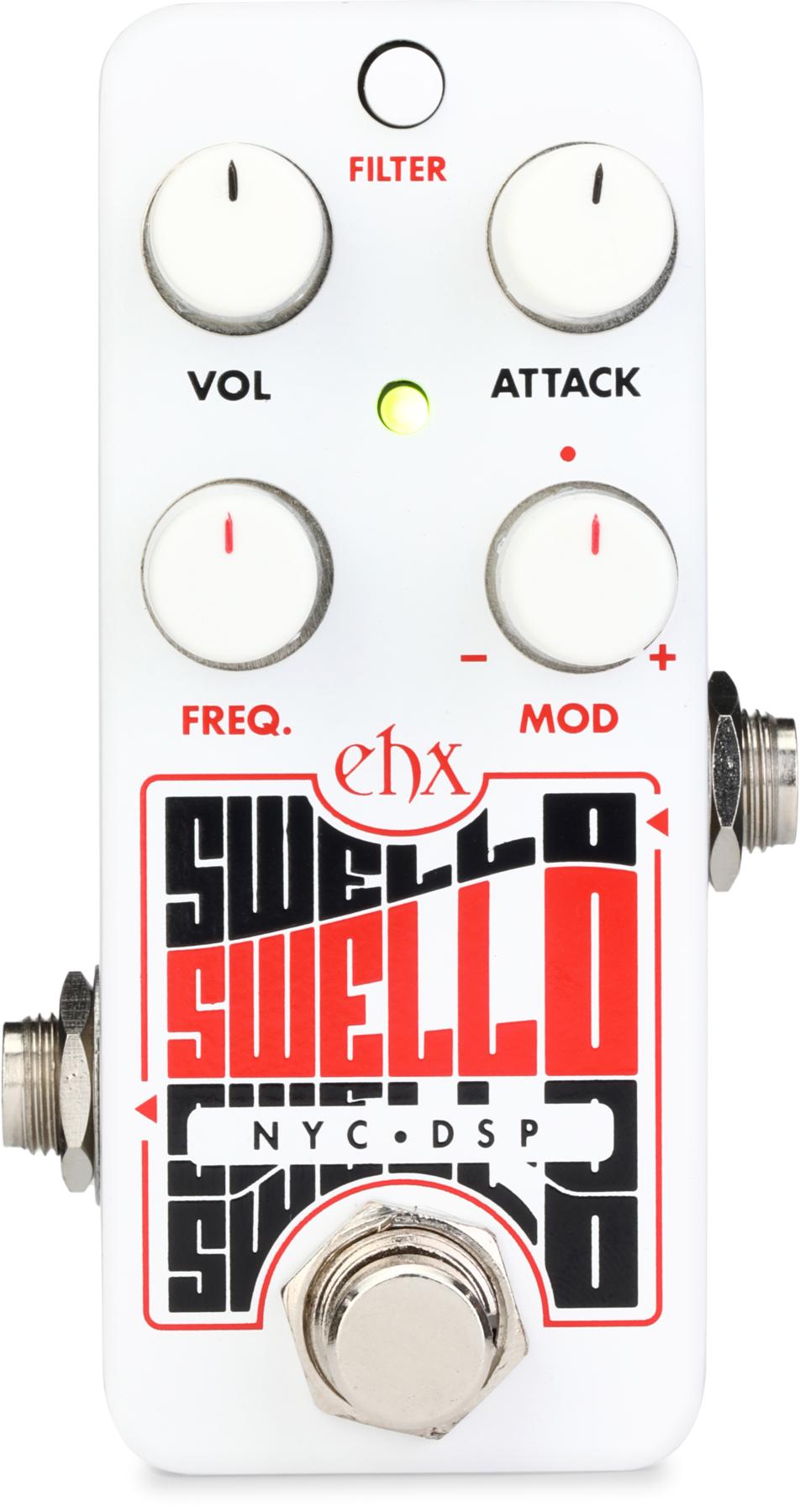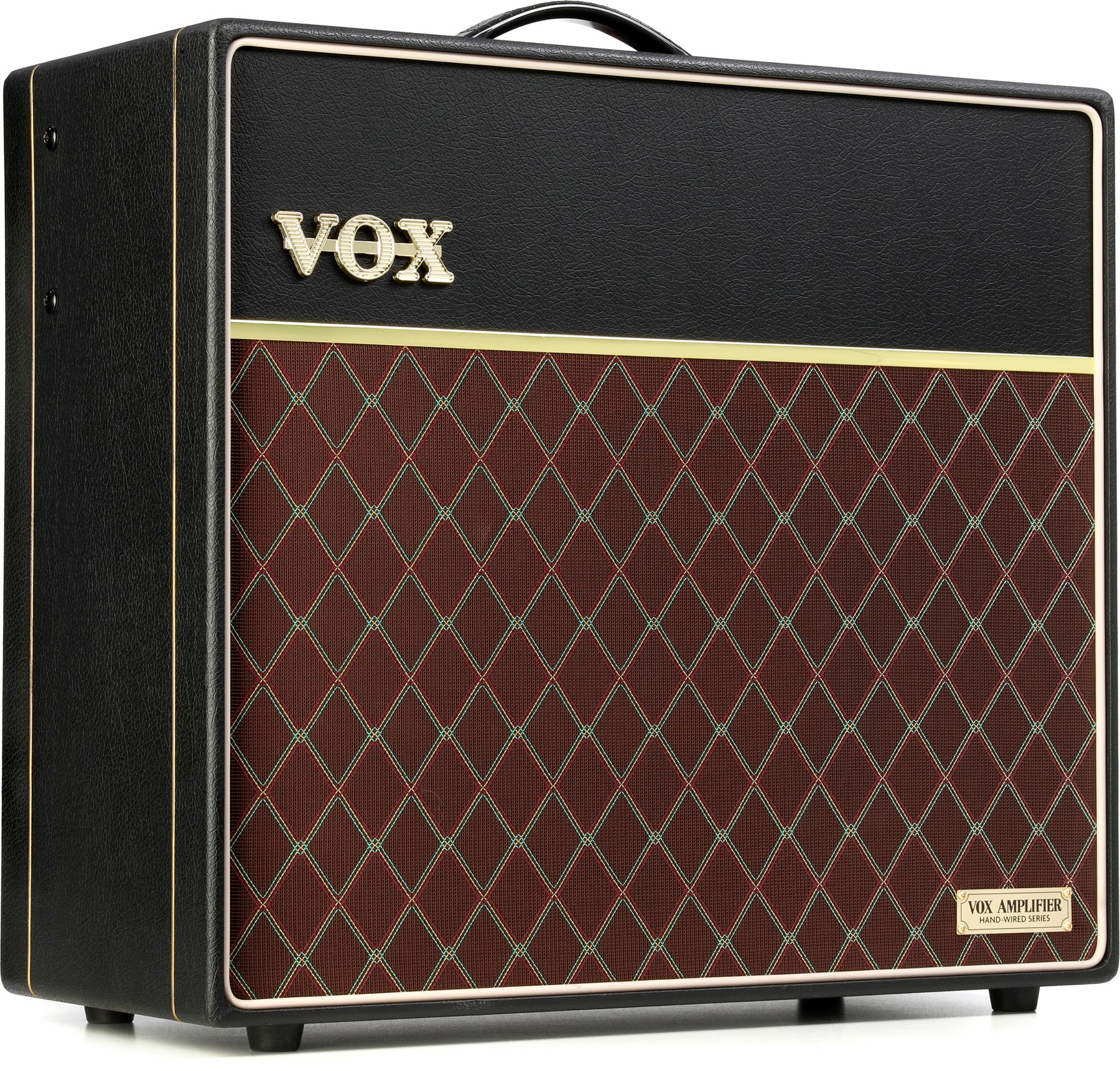It’s a funny thing to say about an acoustic guitar manufacturer (and call me Captain Obvious if you must), but the folks at Cole Clark take wood very seriously. Look at the section of the company’s web site dedicated to describing the timbers used in construction: You’ll see specifications for “modulus of elasticity,” “janka hardness,” and “air dry density” that would puzzle the most seasoned flattop nerd. You’ll also notice a wide variety of available wood types, and an emphasis on sustainable and native Australian species. These “timber” fixations, as the Aussies might call them, aren’t gimmicks. Nor are they frivolous obsessions on the part of Cole Clark’s designers (though a very high level of attention to detail is apparent in every Cole Clark I’ve ever seen). Instead they result in guitars that look and sound unique—and offer the promise of responsive instruments in resource-challenged times.
The company’s new all-sustainable Australian blackwood FL2EC-BLBL-AE embodies these aspects of the Cole Clark ethos in abundance. And though its sonic signature could sound alien to players accustomed to the most traditional and classically American tonewood combinations, the model is both sonically addictive and practical for both stage and studio use.
Curvaceous Style
The BLBL-AE is a recent addition to Cole Clark’s “Fat Lady” range of dreadnoughts. And though the Cole Clark doesn’t feel any more massive than any average dread, it is tangibly stylish and just a touch extroverted. The satin-finished guitar looks unlike anything else, though the grain and texture evokes mahogany or a lighter, less ornately grained koa (which is a cousin to blackwood). It also feels uniquely resonant and responsive to tapping. Even before you play a note, you may notice a quickness and immediacy in the way it responds to idle drumming on the top.
The fretboard too is distinctive and crafted from black bean, an Australian hardwood that’s a fixture in the company’s sustainable series instruments. It’s lighter in color than ebony or rosewood, but highlights the abalone snowflake inlays that are the flashiest part of an otherwise subdued instrument. The Queensland Maple neck (which is actually more similar to South American Mahogany in both sonic and material properties) feels great in hand and is cool to look at, fashioned as it is with a blackwood headstock, Spanish heel and a substantial, beautifully carved maple volute. Hefty, gold Grover Rotomatic tuners add another subtle splash of flash and provide smooth tuning and stability.
Construction is more or less flawless, though I could have done with a little more fret dressing on the treble side around the 12th fret. There are also a few design idiosyncrasies that might turn off purists, but excite more practical players—most notably the substantial side-mounted preamp control plate, as well as the 1/4" jack, which, along with the 9V battery compartment, is situated on the treble side of the lower bout.
Midrange Marvel
If you’re used to dreadnoughts with mahogany or rosewood backs, it may take a strum or two to warm to the Cole Clark’s voice. But you probably won’t need much more than that before its distinctive midrange sends you down unexpected paths. Soft fingerpicking and casual strumming generate a pretty, chiming, harmonically even, but smaller-than-dread voice. Frankly, it sounds more like a mahogany 00 or 000 than, say, a D-28. But if the relative smallness of the Cole Clark’s projection feels odd initially, it’s not long before you start to appreciate the harmonic balance and low-mid substance such gentle picking produces. This is a great guitar for recording a soft, solo, candlelight ballad.
Even with a gentle touch you’ll likely hear the very pianistic low-mid resonance that you can generate from the 5th and 6th strings. But with heavier and more dynamic picking, you’ll hear a cool combination of resonance and sustain that combines with the compact midrange to create a smooth, almost studio-compressed whole. (In fact, we’ll bet that more than a few studio users will skip compression entirely once they’ve got this guitar tracked.)
Ratings
Pros:
Punchy-to-nuanced midrange voice. Dynamic. Great low-mid resonance. Unique sonic signature. Versatile electronics. Sustainable materials.
Cons:
Midrange emphasis can sound boxy to some ears.
Tones:
Playability:
Build/Design:
Value:
Street:
$2,299
Cole Clark FL2EC-BLBL-AE
coleclarkguitars.com
The punchier side of the Cole Clark’s personality is reinforced by the guitar’s midrange emphasis and the blackwood top’s snappy responsiveness. Though you can get bigger sounding dreads, few will respond to rhythm-focused playing quite like this. Aspiring Pete Townshends, acrobatic players who use tapping and hammer-on techniques, and loopers who need to weave rhythmic tapestries without too many muddy overtones will love the Cole Clark’s clarity and tactile responsiveness.
The FL2EC-BLBL-AE comes with Cole Clark’s three-way pickup system, and it’s both versatile and exceptionally well suited to the guitar. The piezo, which is intended principally to amplify low end, can still sound very toppy when isolated. But it’s designed to work with the face sensor, which has a high-mid focus and is mounted on the underside of the top on the bass-side lower bout. The aforementioned tappers and rhythm specialists will love the tunable liveliness of this combination when the guitar is amplified. The best all-around tones come from adding ample doses of the internal mic, which adds high end, warming the piezo output, and creating headroom for warmer bass tones.
The Verdict
The sustainably built and stage- and amplification-optimized FL2EC-BLBL-AE is much more than meets the eye (and ear.) If you’re used to typical tonewood combinations, it might sound boxy and constrained at first. But in fact, it’s an exceptionally dynamic guitar that’s responsive to touch and player input. It may not be the best flattop for Americana or roots players looking for a single instrument to bond with, but even traditionalists who are interested in exploring techniques beyond strumming or country blues—or who just want a guitar that represents tonal contrast to their old mahogany or rosewood standby—will be intrigued by the pretty and responsive tones the BLBL-AE has to offer. For those who gravitate to less orthodox techniques and rhythm-oriented playing, it might very well represent an ideal.






















